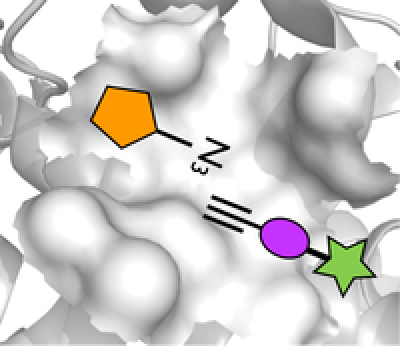
Bacterial Glyoxalases as targets for drug discovery
Researchers: Dr Jess Healy (project lead) and Carrie-Anne Molyneaux (PhD student)
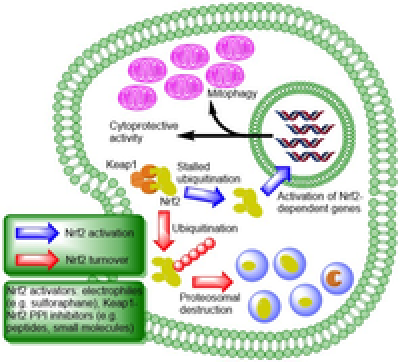
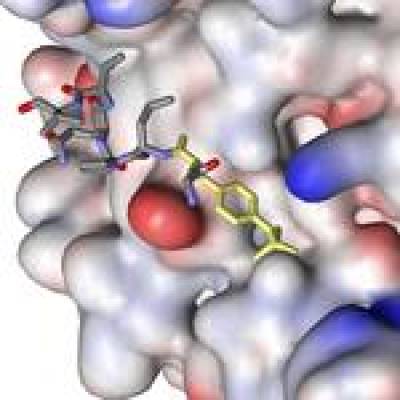
Targeting STAT3 – a rational structure based approach towards drug discovery
Project description
When incorrectly activated the Signal Transducer and Activator of Transcription (STAT3) protein can induces both tumorgenesis and inflammatory diseases.
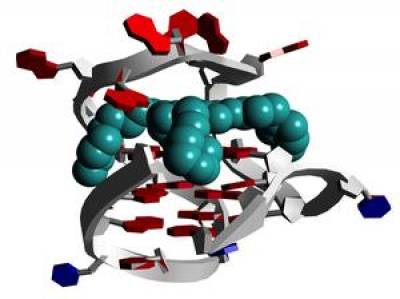
Targeting cancer genes – a novel approach to the treatment of pancreatic cancer
Project Description: Certain cancer-related genes contain specialised DNA sequences that can form four-stranded structures, called quadruplexes, that are fundamentally different from normal double-helical DNA. These quadruplexes structures are mostly ignored by the transcriptional and replication machinery of normal cells. However in cancer cells where there is dysregulation of this machinery, they can be selectively stabilised by quadruplex-specific small molecules. This results in decreased transcription of the target gene.
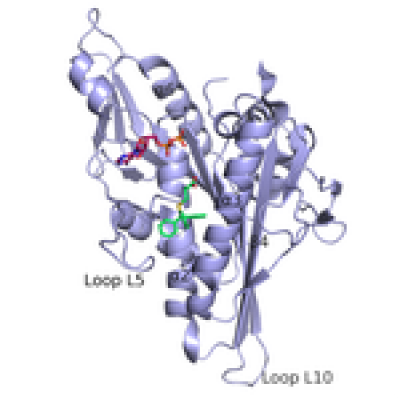
Structure of Kif15, a motor involved in bipolar spindle formation
Project Description: In this project, we determined the crystal
structure of human Kif15 with bound Mg2+-ADP. Kif15 is a molecular motor of
the kinesin superfamily involved in bipolar spindle formation. We also provided
the initial biochemical characterisation of Kif15, and compared its properties
with its functionally related partner Kif11.
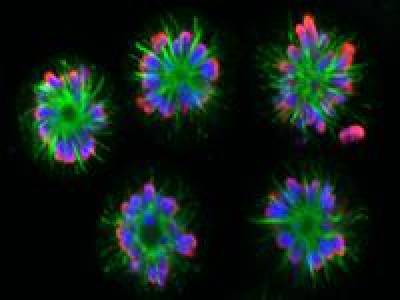
Development of Eg5 inhibitors for cancer chemotherapy: from inhibitor screening to preclinical studies
Project description: The mitotic spindle is a validated target
in cancer chemotherapy. Taxanes and vinca alkaloids target the MTs of the
mitotic spindle and are currently used to treat a variety of tumours. However,
these current drugs are prone to the development of resistance and display dose
limiting toxicities.
Thus, efforts are underway to improve existing drugs and
identify new protein targets in the mitotic spindle. Currently, several novel spindle
targets for drug development are under investigation including members of the
kinesin superfamily. Kinesins
form a superfamily of proteins with key roles in intracellular transport and
cell division. There
may be as many as 16 different ‘mitotic’ kinesins involved in various aspects
of mitotic spindle assembly and function, several of which are potential
candidates for drug development in cancer chemotherapy.
 Close
Close

